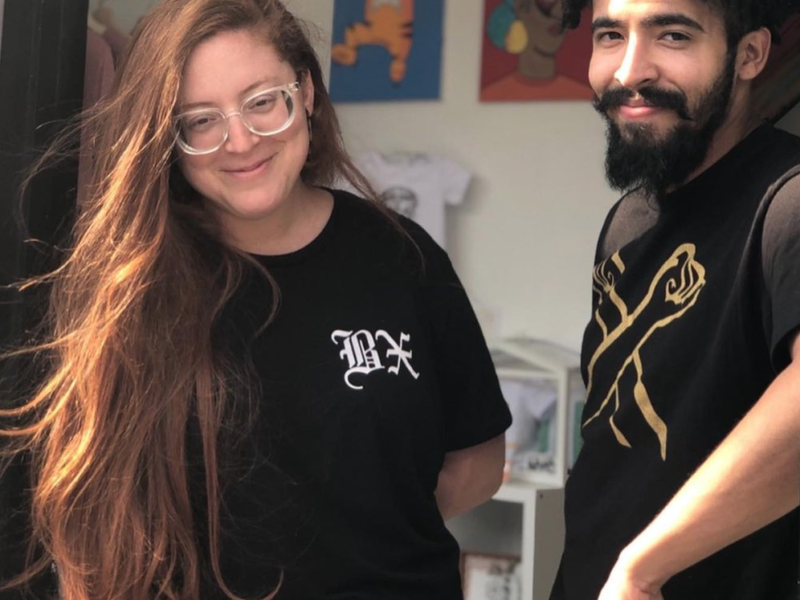Black, Blue, and Red All-Over: How Redlining Shapes Black Markets and Policing in The Bronx – Part 1
We continue our series on the effects of redlining in the Bronx with part one of our fourth installment – Black, Blue and Red All-Over. In this installment of the series, we’ll be examining the development of black markets in urban communities, what role redlining has in fostering black markets, and the way police respond to these black markets and enforce the law in certain communities. In the third installment, we saw the results of college readiness and the barriers some Bronx residents face as they attempt to enter the labor market. The inability to be prepared for college level coursework was a byproduct of how property taxes fund our school districts – a correlation that we noticed during our second installment. As we mentioned previously, we always want to remember that what makes a city valuable isn’t the land, but the people who live there, their stories and their culture. When we lose sight of that, it’s easier to dismiss the struggles that people in certain areas may face while simultaneously treating the area they live in as a potential “gold rush”. In this article, we’ll define black markets and see how they develop.
The term “black market” has so many connotations. It’s repeated so often (even in this very article) that we take the definition for granted, which causes further misunderstandings of the term. To be clear, a Black Market is any transaction, trade, or economic activity that takes place outside of the legal parameters or authorization of a government/institution. Essentially, black markets aren’t just defined by the type of contraband being sold, but also in the way it’s sold and how it’s reported. Quite frankly, everyone has participated in a black market (either explicitly or implicitly) at least once in their life.
Ever work “off the books”? Buy an item that “fell off the truck”? Do a couple of odd jobs and was paid more than $600, and forgot to report that extra income to the IRS? Do something as non-threatening as buy/sell a loose cigarette? Buy/Sell a quick swipe on the MTA? Ever use any money that was previously used in a black market transaction? Well congratulations! You’ve either purposefully or unknowingly expanded the reach of the black market.
Some activities in the black market are illegal because of the potential harm that the products could have on the public. The high demand causes some people to risk the legal consequences in order to cash in on this lucrative business. Other activities are considered illegal because it’s difficult to track and tax the transactions. This shadow economy develops for a number of reasons. One way is that laws change, and people continue to conduct business in a manner that is now considered illegal. A more common reason is that people engage in the black market to avoid paying taxes. Finally, another unfortunate but common reason why the black market develops is because the people within the black market lack opportunities to advance financially in the regular economy.
Lack of opportunity and the necessity to survive and provide are some of the major reasons people engage in the black market here in the Bronx. Let’s also keep in mind that this isn’t an issue that’s isolated to the Bronx, nor is it a recent phenomena. Black markets have existed since the first civilization created it’s first rule of law. It’s also important to note that as long as there is a demand for some product or service, and laws are created to control or stop the transactions of that product/service, the black market will arise to fulfill that “need”. It’s an unfortunate reality. The black market has always existed, and will always exist, regardless of the government structure or economic philosophy.
Having laid some of the foundation about black markets, part 2 will show how redlining has helped create the black market in the Bronx.


